
![]()
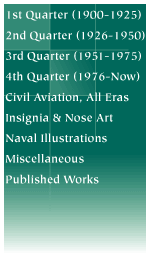
The Pfalz Flugzeugwerke A.G.
By Bob Pearson
Pfalz Flugzeugwerke was started by the three Everbusch brothers to build aircraft under license for the Bavarian government. Prior to the start of WW1 they acquired the rights to various Morane-Saulnier designs and later Roland. With the knowledge gained using other peoples designs they embaked on their own in late 1916.
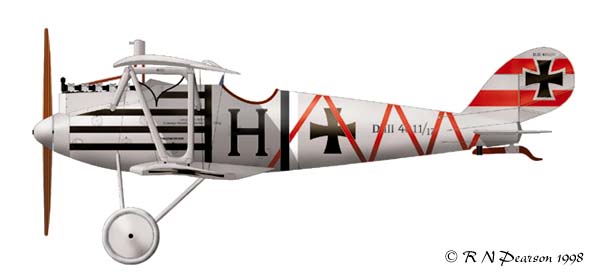
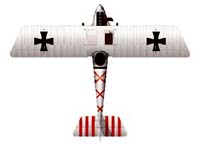 Pfalz
D.III 4011/17
Pfalz
D.III 4011/17
Ltn Fritz Hohn
Jasta 21s
With the lessons learnt building Roland D.IIs under license, Pfalz was introduced to the construction of wooden fuselages that would be a feature of all their subsequent designs. The first of which was the robust Pfalz D.III, arguably the handsomest aircraft of WW1.
I have some really cool photos of Hohn beside this aircraft holding a teddy bear !!! HE later used basically the same markings on a D.IIIa. The b/w stripe behind the cockpit is the Jasta 21s marking, the rest are his personal markings.
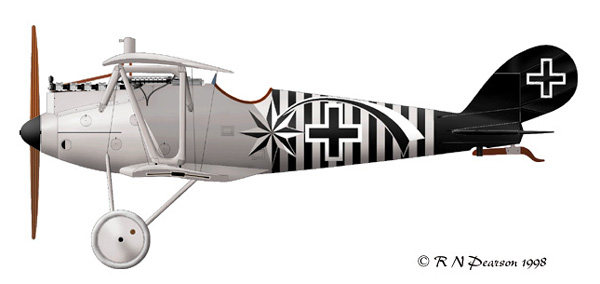
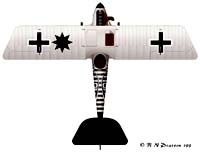 Pfalz
D.IIIa
Pfalz
D.IIIa
Vzfw Max Holtzem
Jasta 16b
One complaint pilots had with the Pfalz D.III was access to the machine guns which were buried under the forward decking. The D.IIIa rectified this by moving them to the 'usual' position on the decking in front of the pilot. The tailplane area was also increased.
Seen here is one of the more striking designs carried by German fighters during WW1. Holztem also had a similar design on his later Fokker D.VII. I have many other interesting Pfalz markings to show, but they must wait on the publicatiion of the FMP book first.
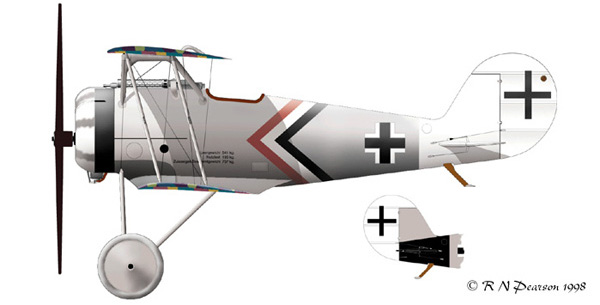
Pfalz D.VIII
Ltn Paul Baumer
Jasta Boelcke
August 1918
With a phenomenal climb the Pfalz D.VIII sadly never lived up to its potential due to the unproven and faulty Siemens-Halske contra-rotary engine. This highly innovative engine featured the propellor and cylinders both rotating around the crankshaft - but in oppostie directions - allowing higher power for lower RPMs. However the ersatz oil used by the Germans wasn't of a quality to allow this engine operate properly and it suffered many failures in flight. Because of this very few D.VIIIs reached operational units.
One of the few D.VIIIs used was flown by Paul Baumer at Jasta Boelcke. His D.VIII features the unit marking of a white/black tail and cowl. As on his Fokker Dr.I, Baumer had the national colours of red/white/black around the fuselage. Note the four-bladed propellor on this aircraft. This was in fact two two-bladed props bolted together. Contest judges take note .. this is correct, and not a builder's mistake.
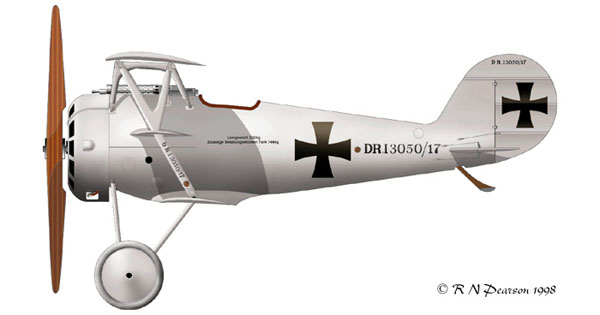
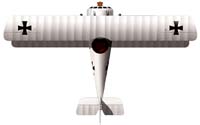 Pfalz
Dr.I 3050/17
Pfalz
Dr.I 3050/17
The Pfalz Dr.I was yet one more attempt to develop an aircraft capable of a fast climb to intercept Allied aircraft. AS with the D.VII/VIII, the Dr.I was saddled with the unproven Siemens-Halske Sh.III rotary and less then a dozen entered front-line service. That seen here was test-flown by Manfred von Richthofen at the Adlershof fighter competition in January 1918.
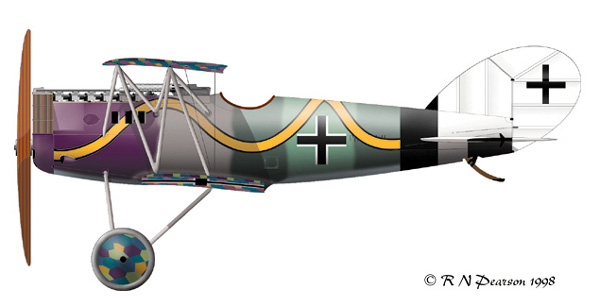
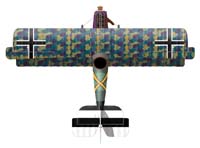 Pfalz
D.XII
Pfalz
D.XII
Jasta 23b
November 1918
Contemporary to, and in somes ways superior to, the Fokker D.VII, the Pfalz D.XII was nonetheless considered the less attractive option by those tasked to fly it. Its main fame for most stems from its usage in many WW1 aviation movies - notably 'Wings'.
That shown here has been profiled by others, however it is Greg Van Wyngarden's opinion that the band was more likely yellow/black then the previously depicted light bue/black.
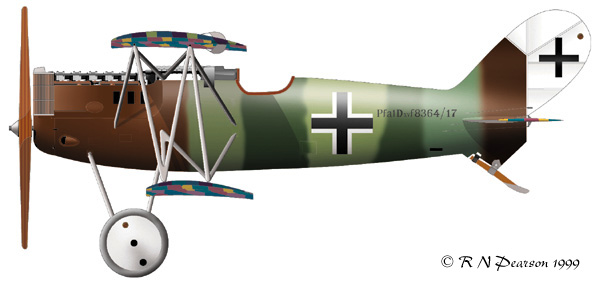
Pfalz D.XV
The final Pfalz design was the D.XIVf, however none had reached the front by the Armistice.